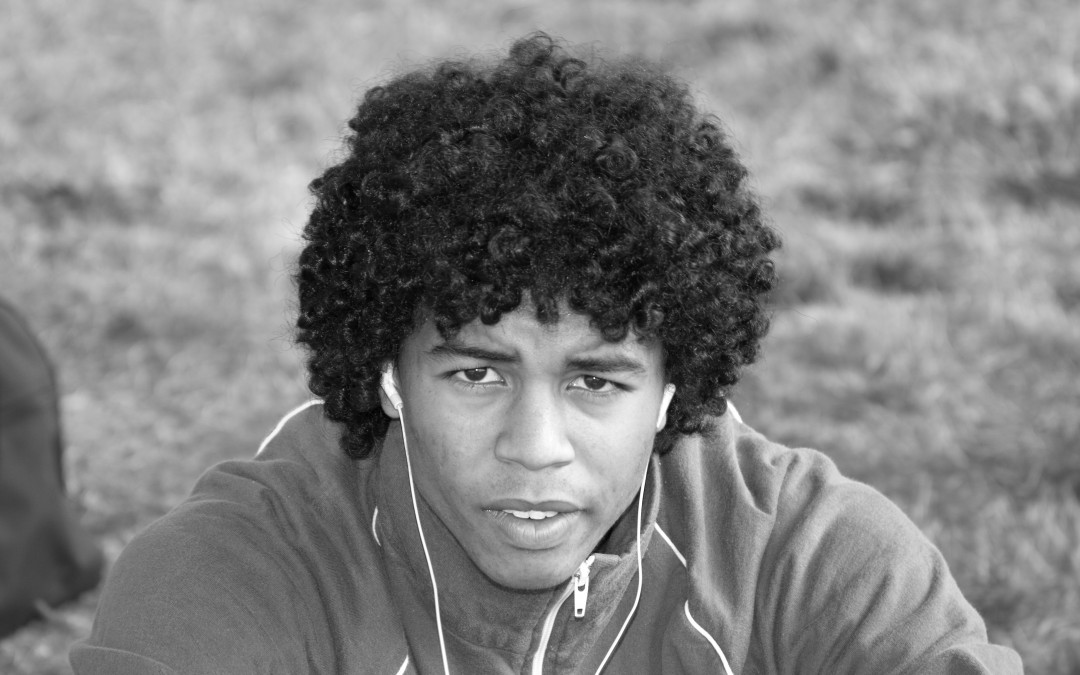Are you dreading everyday activities? Do you feel scared of things that are likely not going to happen? Don’t let anxiety take control of your work, school, or family life any longer than it already has. Here’s how you can take action.
1. Change your Diet
Know what to avoid and what to add more of. Some foods will fuel your body and your anxiety, while other foods pump your body with nutrients and calm your feelings of anxiety.
Avoid:
Caffeinated Food and Drinks: 2 to 4 cups of coffee can be A-okay for some people, but for others, the caffeine can make them feel anxious, restless, irritable, and nervous. Other caffeinated drinks include: pop, chocolate, weight loss pills, vitamin water, and energy drinks.
Alcohol: can completely alter your mood. It can cause nervousness, dehydration, fatigue, and increased heart rate just to name a few.

Add:
Complex Carbohydrates: serve as comfort food during times of anxiety. These foods calm your brain down.
Here’s what you want to eat:
- Potatoes
- Whole wheat bread
- Pasta
Water: Drink 8 glasses or more a day because it keeps you from feeling tired, having headaches, and feeling stressed.
- Soda water can help balance your body if you’re hyper ventilating by slowing muscle contractions and allowing for better blood flow
Foods with vitamin B6 and vitamin C: reduces stress and promotes calm feelings
- Oranges
- Avocado
- Milk
- Salmon
- Spinach
- Old Fashioned Oatmeal

2. Accept that you’re Anxious
Because anxiety is just one of our many feelings, it’s okay to feel anxious. If you try to fight feelings of anxiety, it might make you more anxious.
You don’t have to love or hate your anxiety, but you should remember that you’re not defined by the moments where you are anxious. After all, you are more than just a feeling. Take a breather by using a calm breathing technique (if you are new to this, try it when you’re calm first):
- Take one slow and deep breath in through your nose for about 4 seconds
- Hold your breath for 4 seconds
- Slowly exhale out of your mouth for another 4 seconds
- Pause for 1 to 2 seconds
- Repeat the above a few more times
During the exercise, it’s key to remember that you are not trying to avoid your anxiety, you’re trying to take the edge off and let the feelings come and go. After repeating these steps, people often start to feel less anxious.

3. Question the Thoughts You Have
Marla W. Deibler, the author of Therapy That Works, suggests asking:
“Am I worrying about something that is likely going to happen?”
Think of what you would do if it does happen… What might that mean to you?
Try and think of how you could prepare yourself. More importantly, understand why you’re afraid of it happening. This will allow you to have a better picture of where your fear is coming from and begin to face that fear in a practical way.
4. Positive Self Talk
Use statements that acknowledge your negative feelings, but place positive spins to them. Negative mentality towards your anxiety can slowly change into something more neutral. You can use statements that are positive and help you cope like:
“I don’t like the way I’m feeling, but I can use the strategies I learned and manage the way that I feel.”
“I understand that I’m feeling anxious and I also understand that the feeling will come and go on its own.”
“I am choosing to be okay with my feelings and I am not going to run from it anymore.”
Now that you’ve got 4 new tools to add to your arsenal, go forth and try them out!


